Genetics and Genomics of Disease and Pest Resistance
Plant diseases and pests are one of the major challenges of plant production for almost all agricultural and horticultural crops. Strategies to reduce infestation by pests and diseases and therefore reduce crop losses involve pest and pathogen control by chemical or integrated strategies, adapted cultivation practices as well as breeding for resistance. Breeding for resistance requires knowledge about the biology of the interaction. Here methods utilising anatomical, physiological and molecular biological methods help to elucidate factors that affect the interaction of plant and pathogen from both sides. We work on various pathosystems with importance for ornamental and agricultural crops.
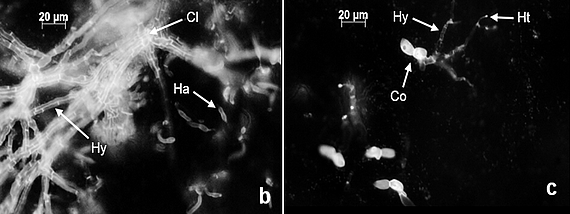
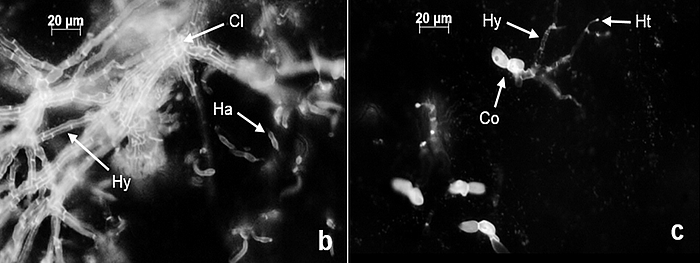
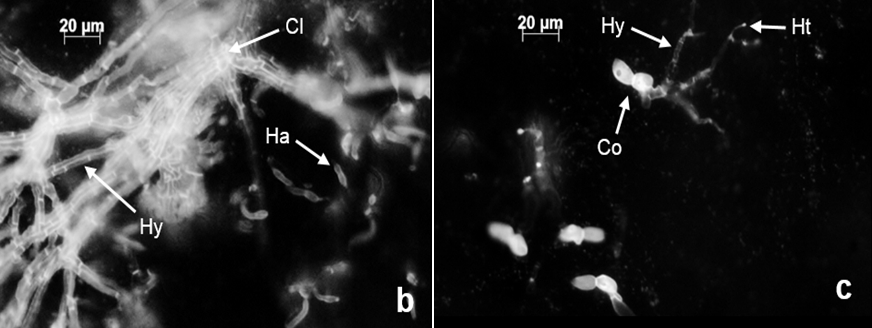
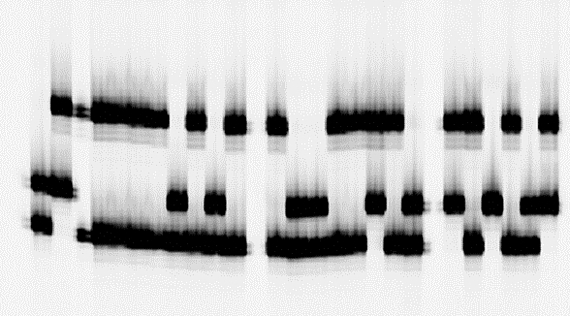
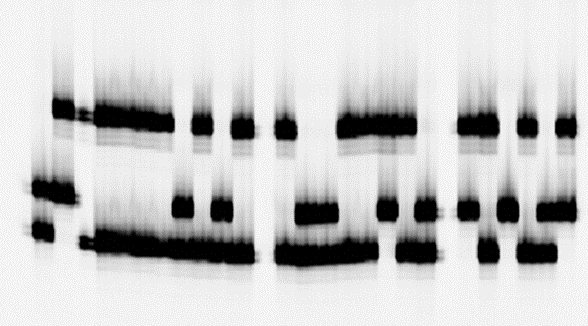

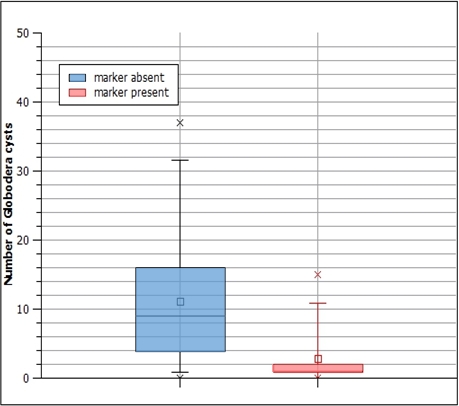


Resistance of potatoes to cyst nematodes
Potato cyst nematodes cause severe yield losses in the production of potato in the temperate zones. As chemical control is extremely difficult cyst nematods are treated as a quarantine pest under strict legal regulation. An increase in resistance-breaking strains of the white potato cyst nematode Globodera pallida causes the need for new durable and broad-spectrum resistance genes. Potential sources might be wild potato species. In a cooperation of LUH, JKI and German potato breeding companies, accessions from potato gene banks have been screened for nematode resistant genotypes. Crosses are performed to generate populations that allow the detection of new resistance loci and the underlying genes as well as the analysis of the mechanism of resistance (Project PARES, funded by FNR.
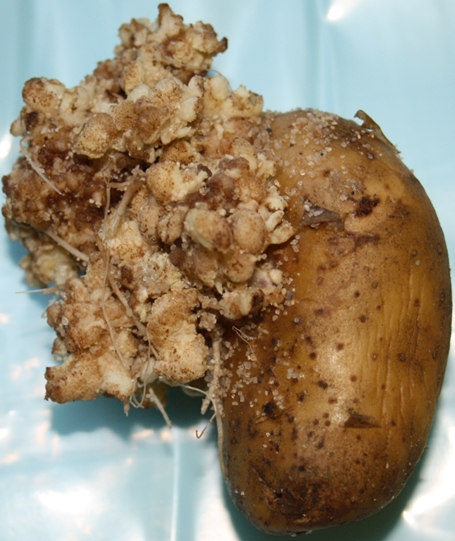


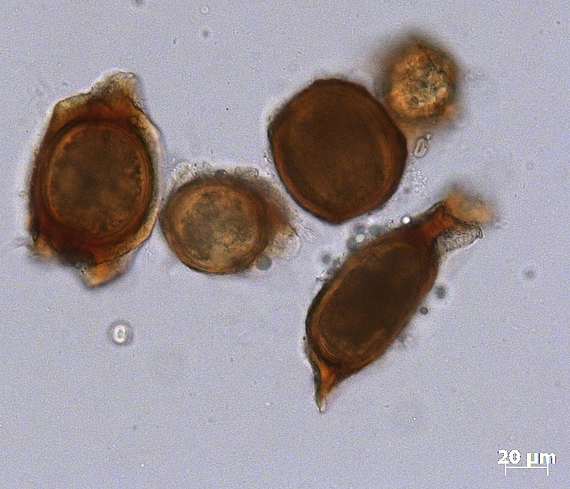
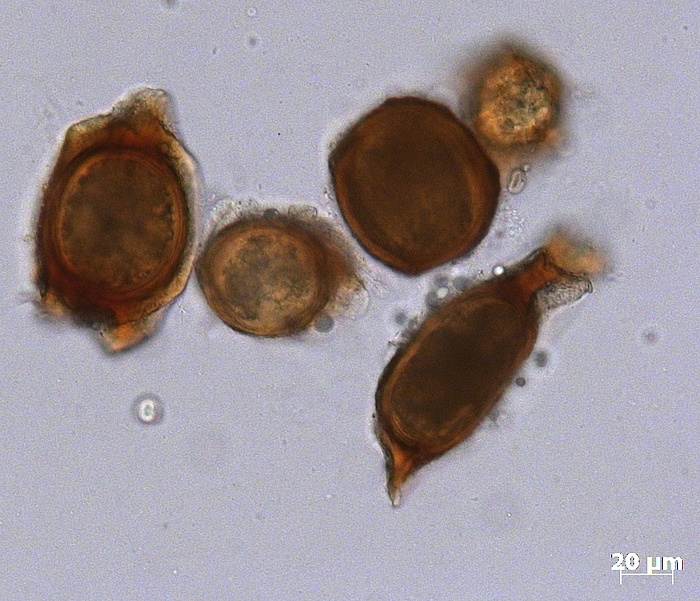
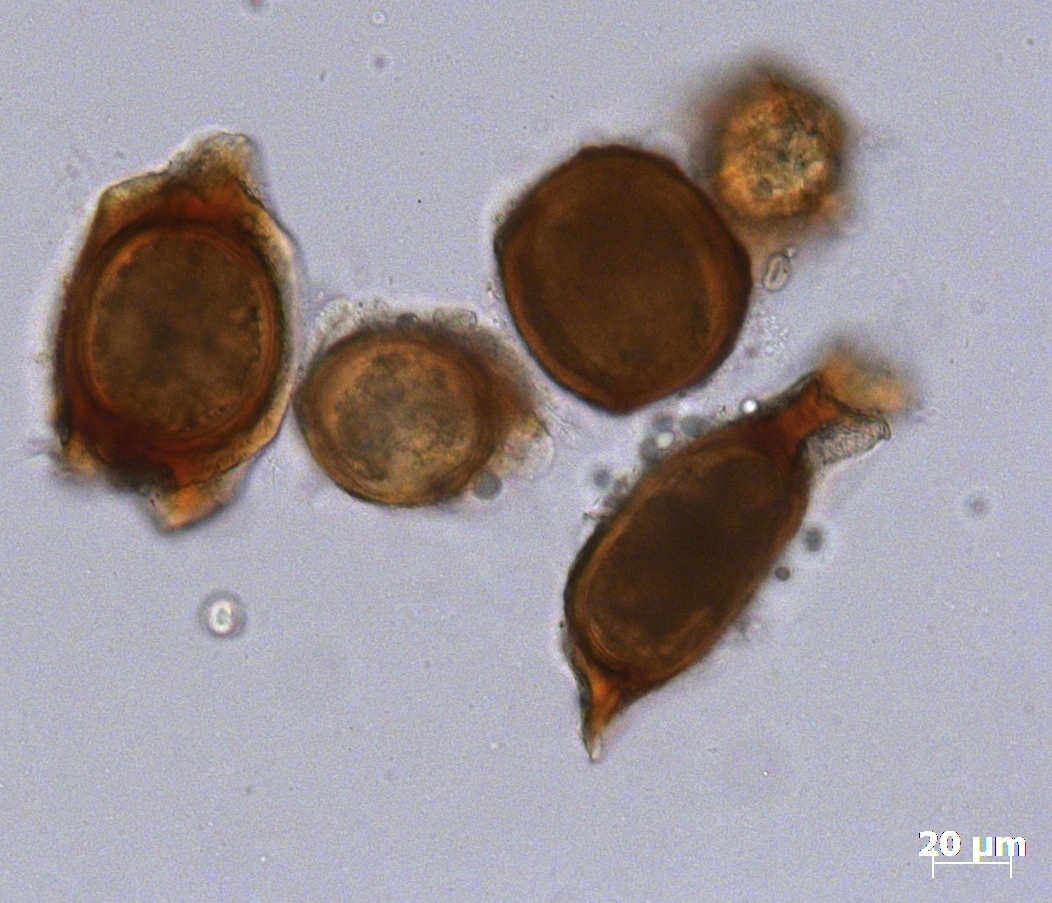
Resistance of potatoes to wart disease
Potato wart disease is a quarantine disease of potato (Solanum tuberosum) caused by the soil-borne obligate biotrophic fungus Syncyhtrium endobioticum. This fungus does not form hyphae but sporangia inside of the host containing multiple uniflagellated zoospores. Upon infection the potato tissue surrounding the parasite is proliferating resulting in large tumor-like warts. At the end of the growing season the fungus forms durable resting sporangia which are released to the soil after decay of the potato plant. These resting sporangia are able to survive in the soil for several decades, even chemical treatments are not sufficient to eliminate them.
Several pathotypes of S. endobioticum are known. In Europe the most abundant pathotypes are 1, 2, 6 and 18. These pathotypes differ in their virulence against potato cultivars. To date very laborious infection assays are used to identify the pathotypes. We are working on DNA based assays including the use of microsatellites and Singe Nucleotide Polymorphisms (SNPs) to facilitate pathotype identification.
Resistance against pathotype 1 is utilised for potato breeding for more than 100 years. It is known that the resistance locus Sen1 is located on chromosome IX. However, the genes responsible for resistance and their functions are still unravelled. We have established a dihaploid population of potato genotypes derived from a resistant tetraploid potato cultivar. This population is used to characterise the resistance locus Sen1 in more detail.
Furthermore, we are interested in the molecular basis of the potato wart infection and the pathogen-host interaction. We try to isolate and characterise resistance related genes in the genomes of S. endobioticum and potato. Moreover, we are investigating the infection pathway using transgenic potatoes including RNAi and CRISPR/Cas based methods. On the pathogen side, we sequenced most of the genome of pathotype 18 and characterised some effector gene candidates. Future research aims at further characterisation of the effector complement of the pathogen.
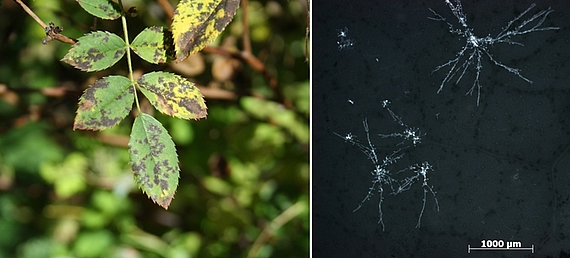
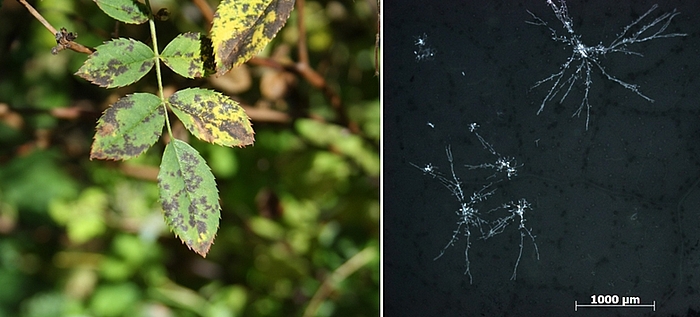
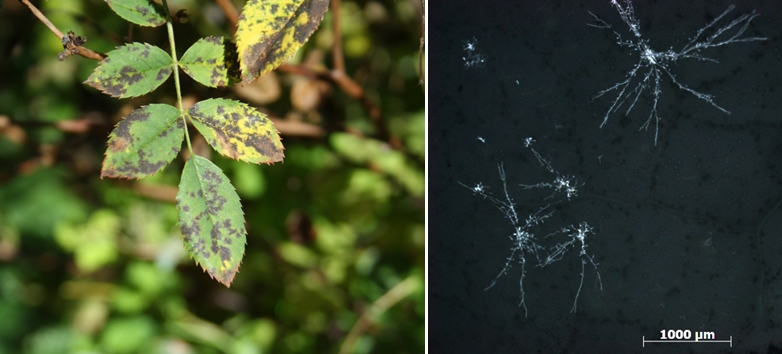
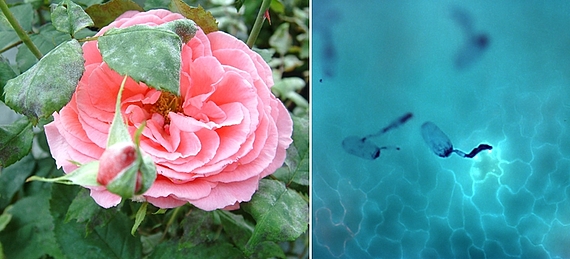
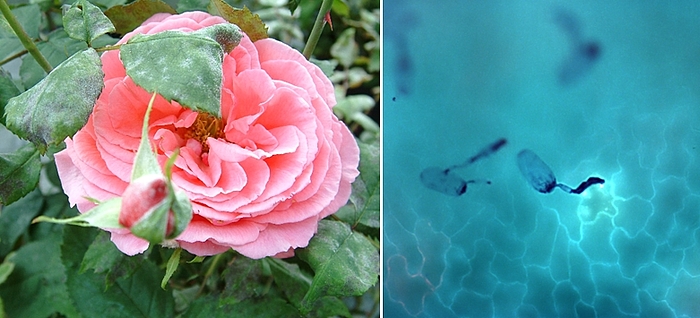
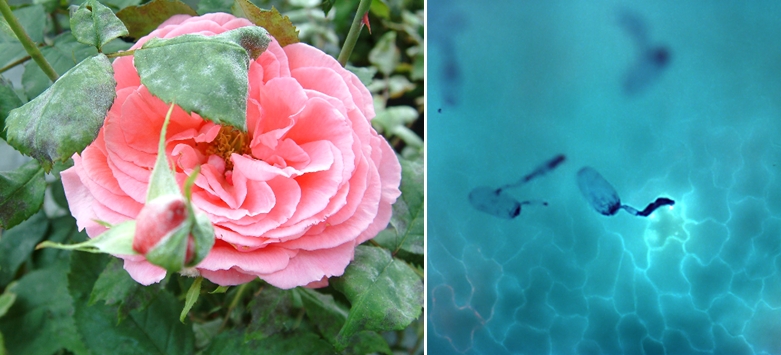
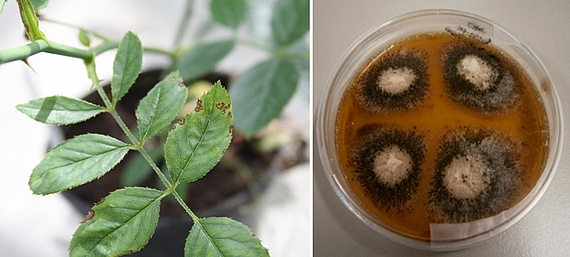

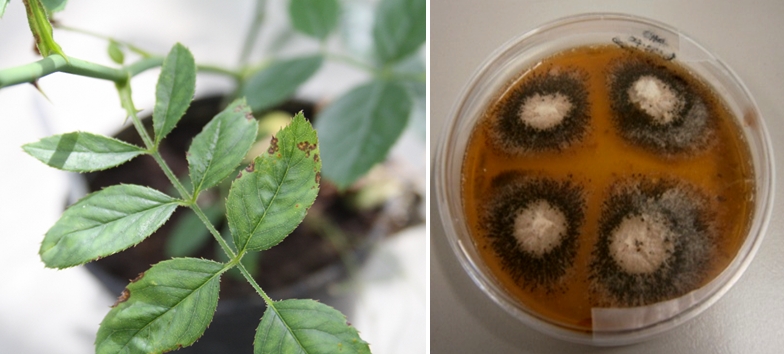
Resistance of roses to black spot, powdery mildew and other fungal diseases
Roses as the most important ornamental plant are threatened by different diseases which reduce their ornamental and therefore also their economic value. Using artificial inoculation methods together with molecular marker analyses, we work on the identification of resistance genes interacting with Diplocarpon rosae (causing black spot), Podosphaera pannosa (causing powdery mildew), Sphaceloma rosarum (causing spot anthracnose) and Peronospora sparsa (causing downy mildew). For black spot, the most important disease on outdoor grown roses, we identified and cloned the first resistance gene known in roses called Rdr1. This TIR-NBS-LRR gene confers a broad-spectrum resistance against at least six different races of Diplocarpon rosae. The function of the gene was validated by stable transformation into a susceptible rose cultivar turning it into a resistant transgenic plant (PC::muRdr1A). This resistance gene can now be introgressed into susceptible rose cultivars by simple crosses and selected using molecular markers.


